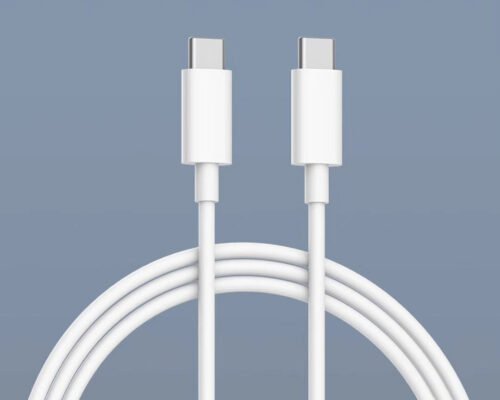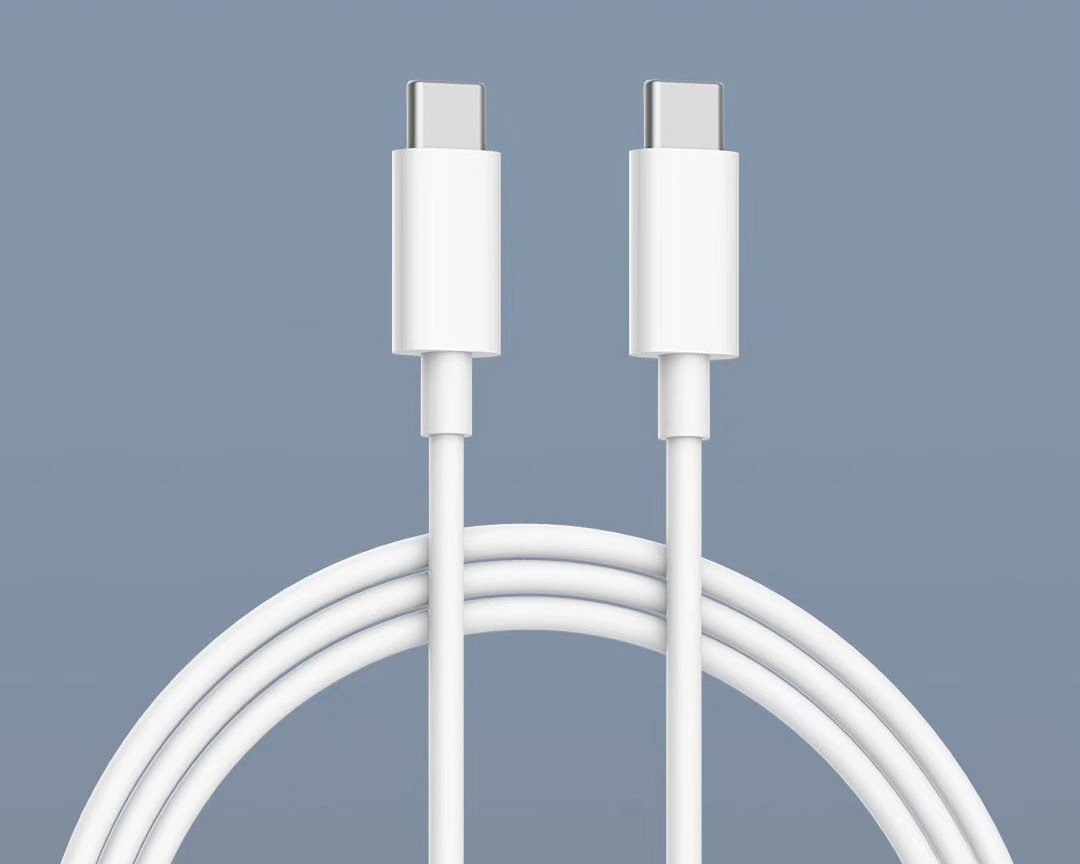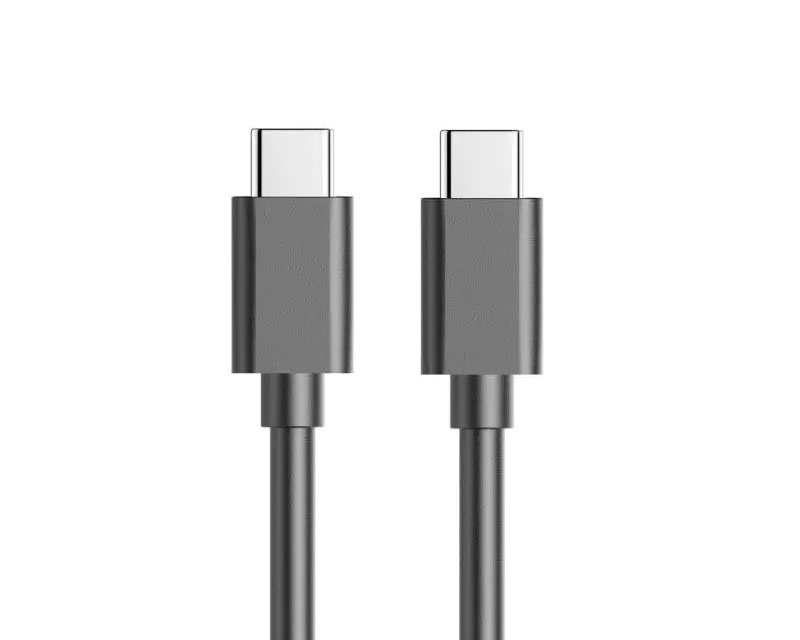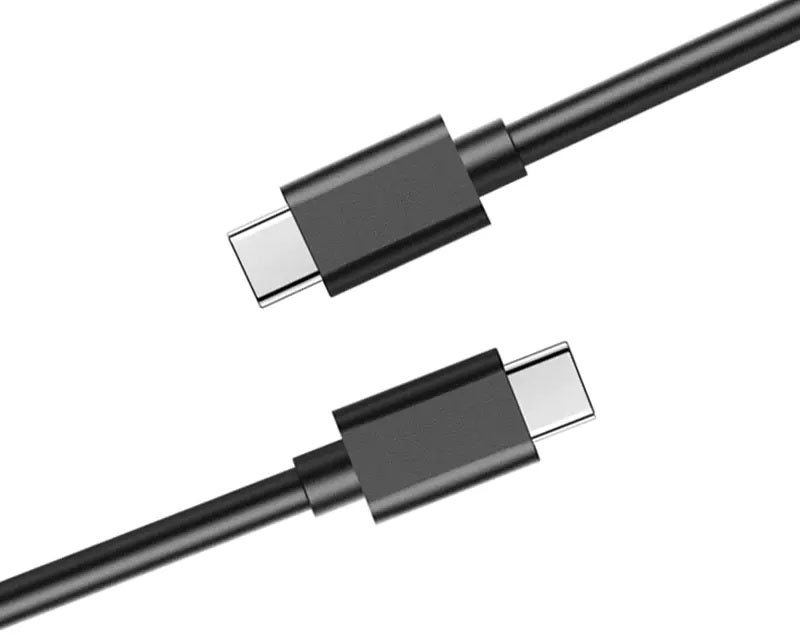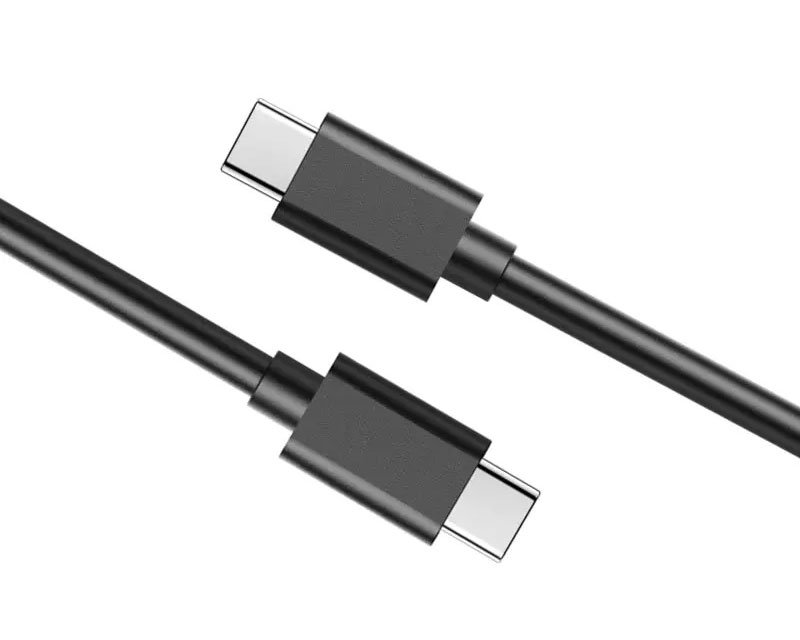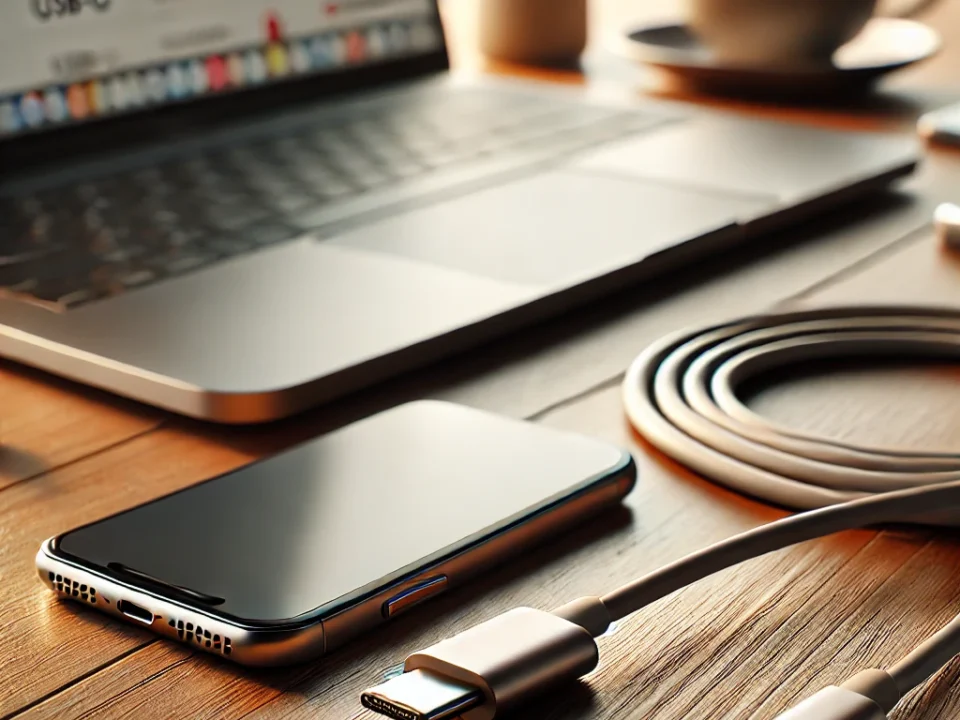
Tech Guide 2024: What You Need to Know About USB-C to Lightning Cables
2024-12-05
USB-A vs USB-C: Key Differences and Benefits for Users in 2025
2024-12-06Understanding USB Standards
The Universal Serial Bus (USB) has evolved significantly since its inception, providing a standardized means of connection for a diverse range of devices. The earliest standard, USB 1.0, was introduced in 1996, allowing low-speed devices to transfer data at a maximum rate of 1.5 Mbps and full-speed devices at 12 Mbps. This initial version laid the groundwork for subsequent developments, but speed limitations led to the introduction of USB 2.0 in 2000, which increased transfer rates to a maximum of 480 Mbps. This improvement allowed for broader use in peripherals such as keyboards, mice, and flash drives.
As technology progressed, the need for faster data transfer became imperative, leading to the release of USB 3.0 in 2008. This version introduced a new transfer method known as SuperSpeed, significantly boosting data rates up to 5 Gbps. Its new connector design, identifiable by a blue insert, enhanced compatibility with USB 2.0 devices while providing higher power output for charging. Following USB 3.0, USB 3.1 emerged in 2013, further increasing speeds to 10 Gbps and introducing the reversible USB Type-C connector, which has become widely adopted for its convenience.
USB 3.2, released in 2017, advanced the standard by supporting multiple data lanes, enabling a maximum throughput of 20 Gbps when using specific connectors. The latest standard, USB4, arrived in 2019, consolidating the previous versions and ensuring transfer rates of up to 40 Gbps while retaining backward compatibility with USB 3.2 and USB 2.0 devices. With the increasing demand for high-speed data transfer and efficient charging, products like the TPE USB A to USB-Type-C Cable and TPE PD 60W 3A USB Type C to USB C Cable are designed to take full advantage of these advanced capabilities. The evolution of these USB standards highlights important changes in data transfer capabilities and connectors, serving as a guide to help users identify and take advantage of the various USB types in use today.
Identifying USB Connector Types
Understanding the different USB connector types is essential for ensuring compatibility between devices and cables. The most common USB connectors include USB-A, USB-B, USB-C, Micro USB, and Mini USB, each designed with distinct features and uses.
USB-A is the traditional rectangular connector commonly found on most computers and charging adapters. Users often use it to connect peripherals such as keyboards, mice, and external drives. The design of USB-A ensures it can only be inserted one way, providing a simple and secure connection.
Devices such as printers and other larger peripherals often use USB-B connectors, which are square-shaped.They can vary in size, including the standard USB-B and reduced versions like USB-B Micro, allowing for broader compatibility across devices. Users should be attentive when matching USB-B cables and connectors to avoid connection errors.
USB-C, a relatively newer design, has rapidly gained popularity due to its versatility and reversible orientation. This connector supports faster data transfer rates and power delivery, making it compatible with many modern smartphones, tablets, and laptops. USB-C is also increasingly utilized in various electronics, making it crucial to recognize its unique characteristics.
Micro USB and Mini USB are smaller formats, commonly found in mobile devices, tablets, and older digital cameras. Micro USB was the standard for many years, but newer devices are shifting towards USB-C. Nevertheless, numerous gadgets still utilize Micro and Mini USB connectors, making it essential for users to be aware of these types.
To identify the right USB connector type for your device, look at the physical dimensions, shape, and orientation of the connectors involved. Additionally, referencing visual aids such as diagrams or images can greatly enhance your understanding. Matching devices and cables accurately ensures efficient and reliable functionality while avoiding potential hardware damage due to incompatible connections.
Determining USB Features and Compatibility
Understanding the different USB types and their features is essential for effective connectivity and performance in the year 2025. Each USB type possesses distinct characteristics such as power delivery capabilities, data transfer speeds, and varying connectivity options that cater to diverse user needs. For instance, USB 2.0 supports a maximum data transfer rate of 480 Mbps, while USB 3.0 significantly enhances this by offering speeds up to 5 Gbps, and USB 3.2 can reach up to 20 Gbps. As data-intensive applications become more prevalent, selecting the right USB type is important for optimal performance. To fully benefit from these advancements, products like the TPE USB A to USB-Type-C Cable and TPE PD 60W 3A USB Type C to USB C Cable are ideal choices, as they support high-speed data transfer and efficient power delivery, ensuring that your devices remain future-proof and perform at their best.
Power delivery is another crucial aspect that differentiates USB types. USB Power Delivery (USB PD) allows for faster charging, enabling devices to receive up to 100 watts of power, depending on the cable and device compatibility. This feature is particularly useful in scenarios involving laptops and other high-energy-consumption devices. Identifying the power requirements of your devices, as well as the capabilities of the USB type in use, ensures that users can maintain efficient charging and functionality.
Determining compatibility between various USB types can seem daunting, especially when connecting a USB-C device to a USB-A port. However, several solutions exist to facilitate this process. USB adapters play a vital role in bridging the gap between different USB types, allowing users to connect older accessories to newer devices. Additionally, USB hubs further expand connectivity options, providing multiple ports for simultaneous connections. It is important to ascertain the specifications of adapters and hubs before use to ensure seamless integration and functionality across devices.
By familiarizing oneself with the features and compatibility of various USB types, users can make informed decisions regarding their tech setups. This knowledge is indispensable for navigating the increasingly complex world of devices and connections.
Future Trends in USB Technology
As we move further into 2025, the landscape of USB technology is poised for significant advancements that will reshape the way we connect devices. One of the most anticipated changes is the introduction of new aimed at enhancing data transfer speeds and power delivery capabilities. Current and USB4 standards have already set a high bar with transfer speeds reaching up to 40 Gbps; however, emerging technologies promise to push these boundaries even further. Innovations like USB4 Version 2.0 are expected to double the speed, supporting more demanding applications such as high-resolution displays and extensive data transfers in real-time.
Additionally, power delivery through USB interfaces continues to evolve. The latest versions allow devices to charge at higher rates than ever before, with the capability of delivering up to 240 watts of power. This improvement will facilitate faster charging for a wider range of devices, from laptops to small appliances, ultimately enabling a more versatile connection ecosystem. With this growth in power delivery, we can anticipate faster charging solutions becoming the norm, transitioning our reliance on multiple chargers into a more unified format.
Furthermore, the design of USB connectors is also expected to undergo significant changes. The universal nature of USB has led to the need for more compact and robust connectors that can withstand frequent usage. The trend toward smaller, reversible connectors will likely continue, streamlining device designs and enhancing user convenience. As devices increasingly simplify connectivity, a movement toward universal solutions can be expected, allowing for a broader compatibility across various gadget types and brands.
In conclusion, the future of USB technology holds promise with the introduction of improved standards, enhanced data rates, greater power delivery, and innovative connector designs. Staying informed about these advancements will be crucial for consumers as they navigate their technology needs in the years to come.
Reference Website:How to Identify Different USB Types: A Brief Guide



